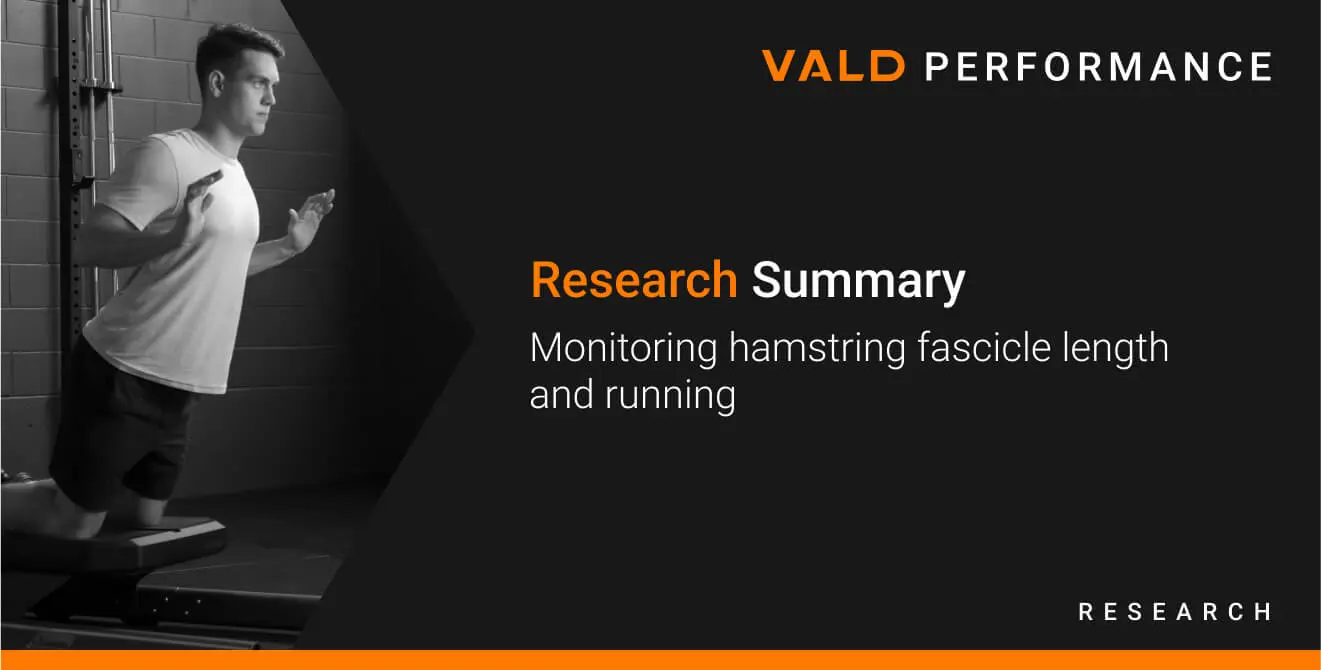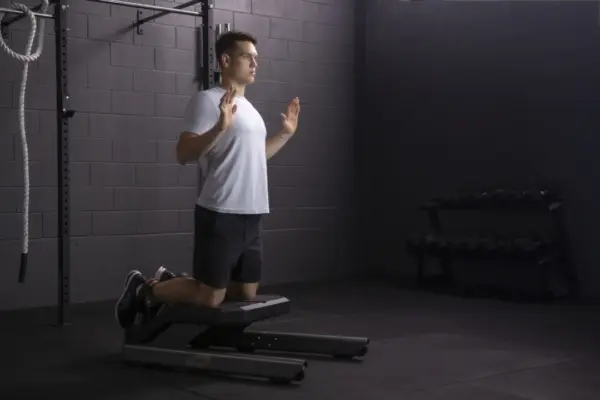RESEARCH SUMMARY: Monitoring hamstring fascicle length and running (McGrath et al., 2020)
Available in:
EN
Title: Monitoring hamstring fascicle length and running
Authors: McGrath, T., Hulin, BT., Pickworth, N., Clarke, A., & Timmins, RG.
Year: 2020
Background:
Hamstring strain injuries remain one of the most common injuries in team sport, despite the increased emphasis on hamstring injury prevention. There is a sound understanding of non-modifiable risk factors such as age and prior injury, and given this, an increased emphasis has been placed on identifying modifiable risk factors and the implementation of interventions that target these modifiable risk factors and potentially mitigate the risk of hamstring strain injury.
Key Takeaways:
Whilst it is known that hamstring fascicle length is a potential risk factor for hamstring strain injury, regular direct measurements of fascicle length may not be feasible to obtain in practice. Despite this, given the aforementioned results, practitioners can not only monitor absolute and relative high-speed running exposure as part of their regular injury prevention strategies (Ruddy et al. 2018), but also as a surrogate marker of hamstring fascicle length itself. The authors (McGrath et al. 2020) suggest that regular exposure above 80% of an individual’s maximum velocity could be sufficient for optimising fascicle length, which may assist in the management of injury risk. While non-modifiable factors do contribute; practitioners can take-action to best manage modifiable risk factors through optimising fascicle length and eccentric hamstring strength in their athletes.
Summary:
A recent study by McGrath et al. (2020) investigated the determinants of hamstring fascicle length in professional rugby league players. The authors demonstrated that they were able to determine ~90% of the variability in fascicle length through readily available information typically found in a professional sporting environment. Measuring chronic running exposure over 80% of an individuals’ maximum velocity through GPS technology, as well as peak eccentric hamstring strength, explained ~57% of the observed variability in fascicle length. Other factors such as age, injury history, elapsed time to peak thigh angular velocity and maximum speed reached (as measured via GPS) were also found to play a role.
Key Findings:
- Regular exposure above 80% of an individuals’ maximum velocity could be sufficient for optimizing fascicle length.
To read the full research paper, see here.

If you are interested in more information about the NordBord, please contact us here.
